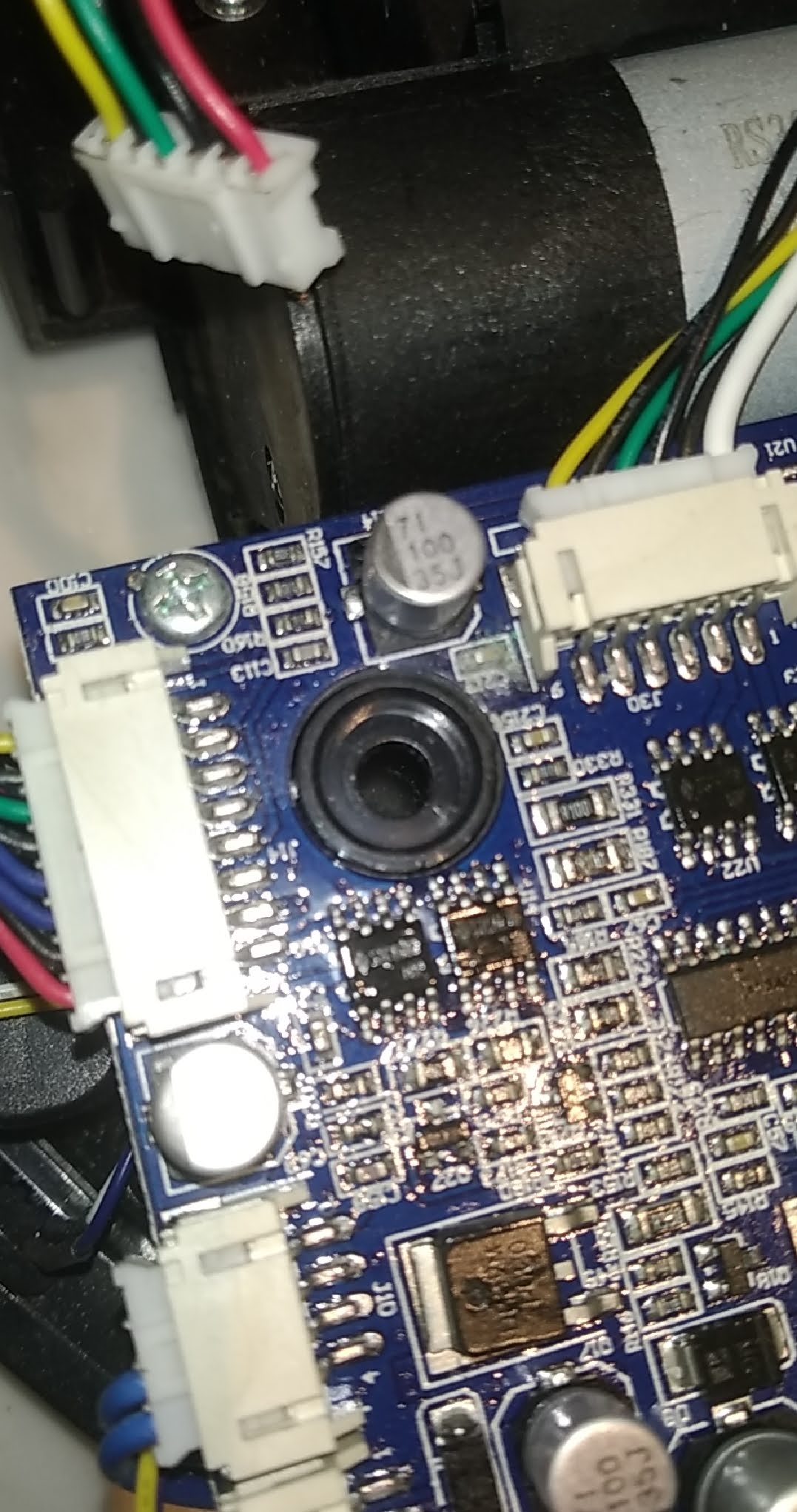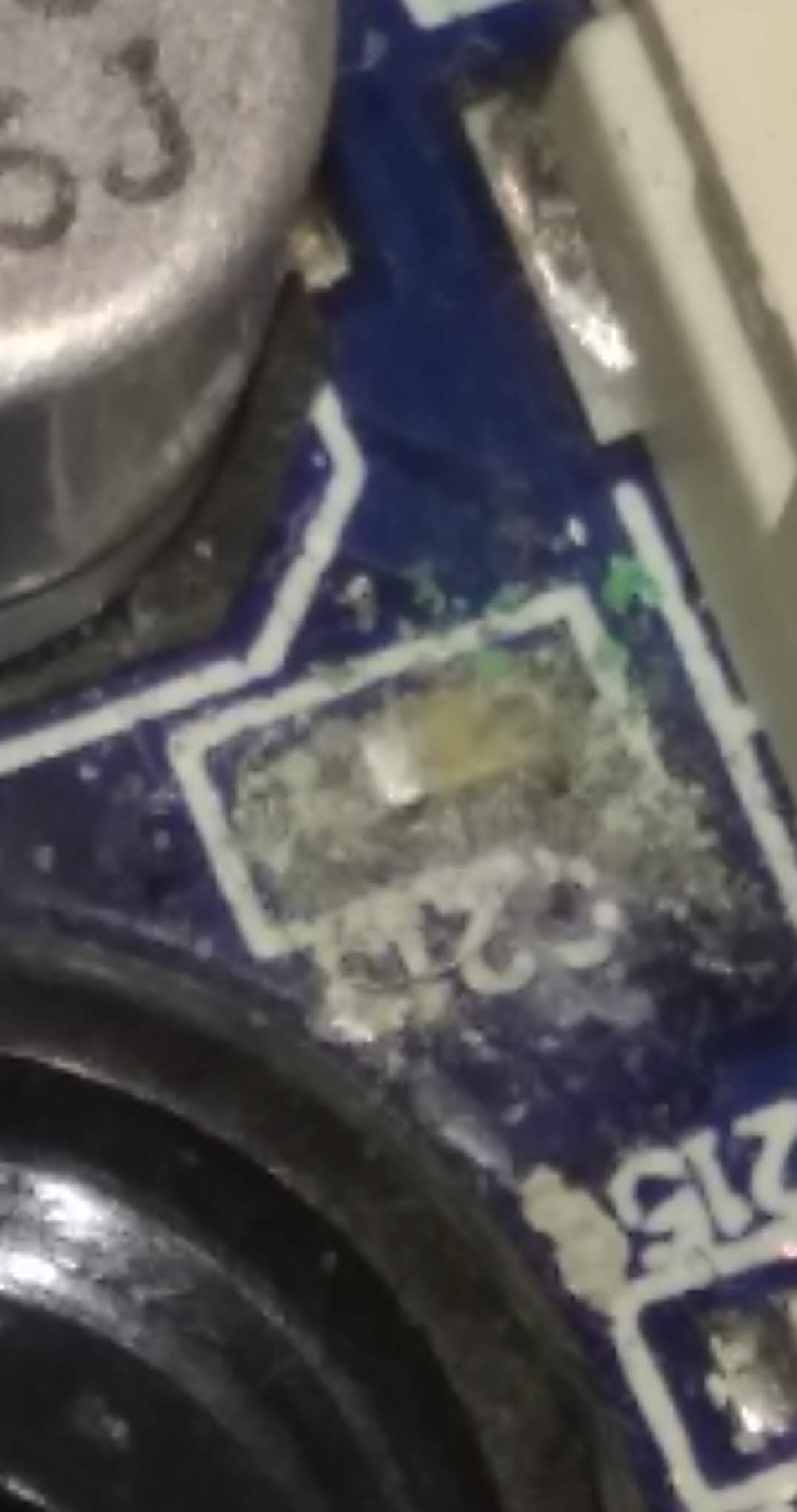The short answer is: if it's dead, no way to tell. It's 0402 seems like, and if you can somehow determine its function, it would help you to put a fitting component. But usually you can just kick one cap off and everything will still work (if it doesn't AC couple something).
If it looks like a filtering or a bypass cap (one side is on the ground), a 0.1uF-2.2uF will do fine there. But yeah, if it's a bypass/filtering, things will very likely work without it too. It's best to have caps of different order of magnitudes around, but 0402 don't really get larger than 10uF from my experience. Common bypass is 0.1uF, if it's voltage converter output, put 2.2uF. Of course this differs from situation to situation, but these values will be okay-ish for most common scenarios.
If it's an AC coupling cap, try some small nanofarads like 47nF.
All you can do is indeed try stuff and observe. Again, my bet is everything will work fine even without it.


